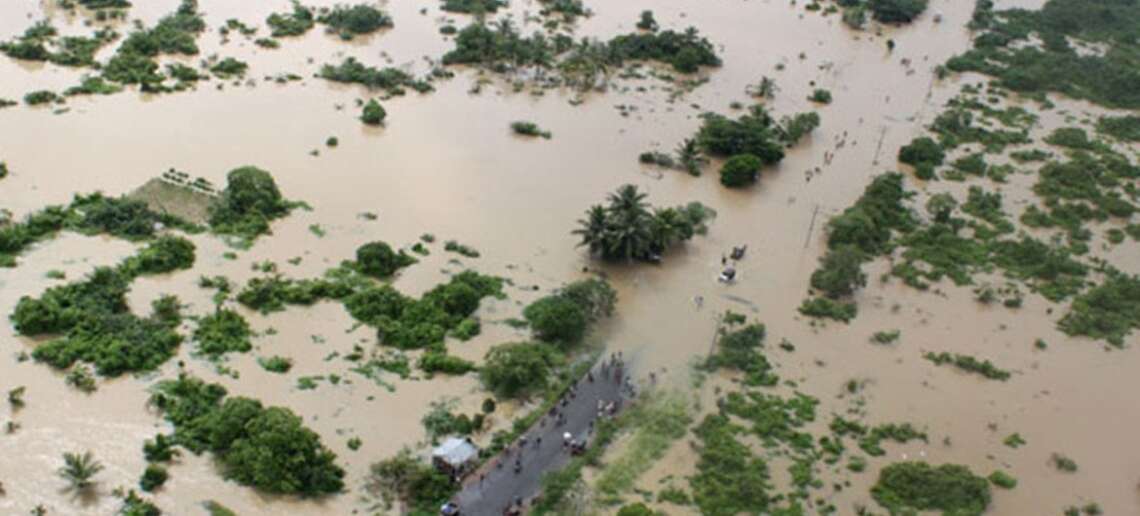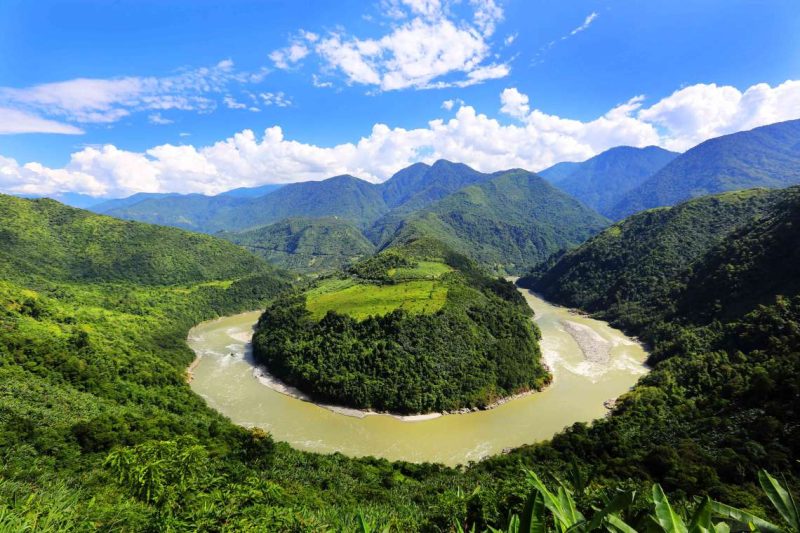At present along Antarctica’s coastline there are 61 breeding colonies of emperor penguins. As per USFWS there are between 270,000 and 280,000 breeding pairs in these colonies…reports Asian Lite News
With climate change, some species of animals on Earth face the danger of being wiped out. Adding to this ever-increasing list of threatened creatures are emperor penguins – the largest of these wingless birds – making these iconic Antarctic birds endangered in the coming days as per a livescience.com report.
Last year, research showed that these emperor penguins aka Aptenodytes forsteri are facing imminent perils. Study reflected that 70 per cent of their colonies in Antarctica could get wiped out by 2050 at the current rate of sea ice loss. Painting a graver image, the research said that 98 per cent of these colonies could vanish by 2100 without providing a chance for the birds to stage a comeback.
Confronted with this grim prospect, the United States Fish and Wildlife Service proposed to protect these birds under the Endangered Species Act. On October 25, USFWS officially declared them to be a threatened species, extending all the protection that are provided under the ESA.
In a Press statement, Martha Williams USFWS Director said: “This listing reflects the growing extinction crisis and highlights the importance of the ESA and efforts to conserve species before population declines become irreversible. Climate change is having a profound impact on species around the world and addressing it is a priority for the Administration. The listing of the emperor penguin serves as an alarm bell but also a call to action.”
At present along Antarctica’s coastline there are 61 breeding colonies of emperor penguins. As per USFWS there are between 270,000 and 280,000 breeding pairs in these colonies.
While these numbers look stable yet with sea ice loss looming large, the number of these birds is expected to come down “in a significant portion of its range”.
Scientific models predict that if humankind brings down the carbon emissions levels substantially the population of emperor penguins globally could come down by 26 per cent by 2050. In case the emission of high carbon continues then the number of these creatures could fall by more than 50 per cent in the same time frame.
What is significant is that the decline will not be evenly spread across the planet.
Highlighting this point, the USFWS statement said: “The Ross and Weddell Seas are strongholds for the species, and populations in these areas will most likely remain stable. However, emperor penguin colonies within the Indian Ocean, Western Pacific Ocean, and Bellingshausen Sea and Amundsen Sea sectors are projected to decline by over 90 per cent due to melting sea ice.”
The ESA with its provisions for protecting the emperor penguins could help in checking the decline in their numbers.
As per the Woods Hole Oceanographic Institution, by classifying a species as threatened “promotes international cooperation on conservation strategies, increases funding for conservation programs, spurs research and provides concrete tools for threat reductions.”
Apart from this the federal agencies of the US will have to make sure that their projects and plans don’t harm either the birds or their habitat. It has to be ensured that industrial fisheries do not decrease the supply of prey base of these penguins.
ALSO READ-‘UAE playing a leading role in tackling climate change’













